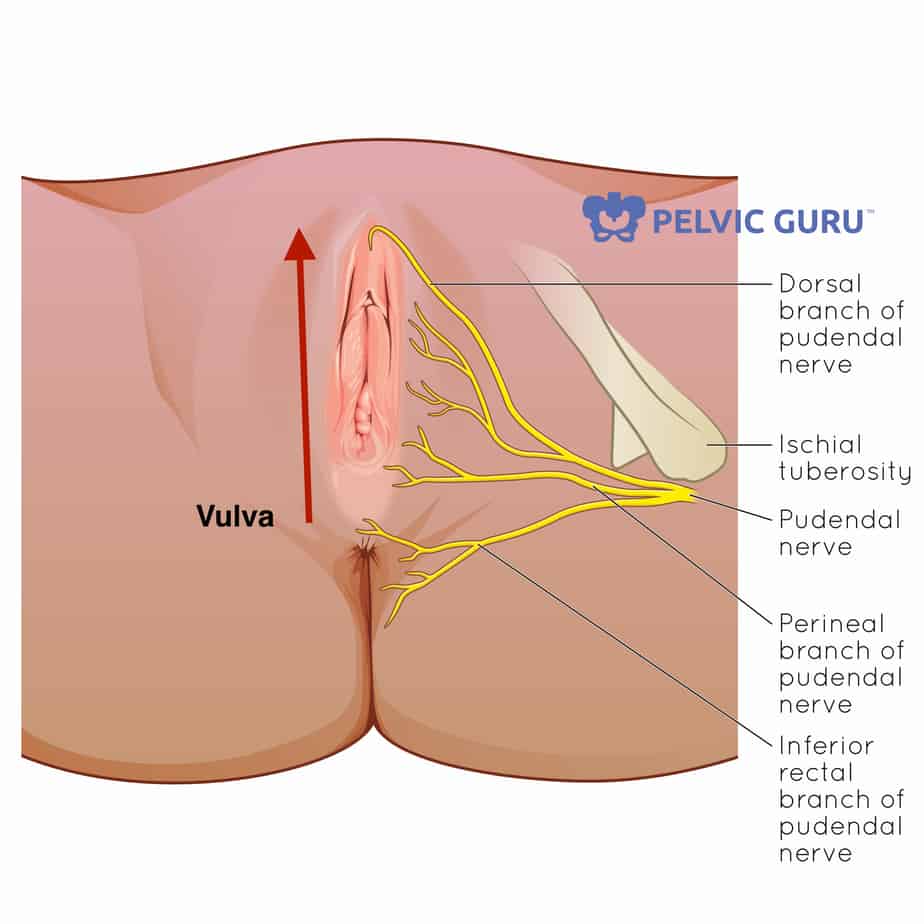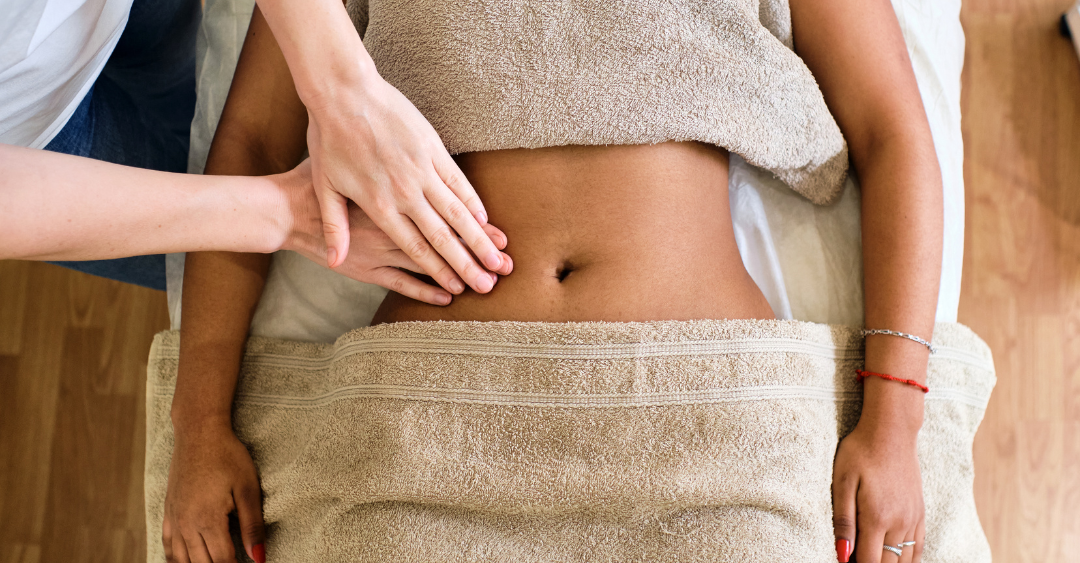Chronic Vulvar Pain

As May comes to a close we finish up pelvic pain awareness month with vulvodynia.
Vulvodynia is chronic pain in the vulvar region (see image below). Just under 10% of women have vulvodynia. It occurs equally across ethnicities and is very much under-diagnosed.
A study carried out in Michigan with over 2500 women found that it resolved in 17% of the women after 12.5 years. That seems like an extremely long time to suffer in silence.
Women typically report vulvar pain ranging from aching, throbbing, burning, stinging to constantly stabbing (knife-life). The vulvar region may also feel raw and irritated. There may be associated swelling in the region.
Your daily life can be significantly affected. Sex, tampon insertion, speculum insertion and prolonged sitting or tight fitting clothes can be problematic. Sometimes even touch can be uncomfortable. Some women lose complete interest in all sexual activities. As a result getting through each day is a challenge.
How is it treated?
First it has to be diagnosed which means making an appointment with your doctor. Some tips to manage it include wearing 100% cotton underwear during the day and going commando at night. Avoid irritants. Keep a diary to help you keep track.
Physical therapy offers great treatment options to manage vulvodynia conservatively. At Body Harmony Physical Therapy, our trained pelvic floor physical therapists can try various treatments to find what works for your body and your pain. Manual therapy including trigger point and/or myofascial release can help to soothe tight contracted muscles. Physical therapy treatments may also include joint mobilization, stretching of tight structures, strengthening of weak structures as well as showing you better postures and ways to perform tasks more efficiently. All patients receive a tailored home program to meet their needs and to enable treatment to go to the next level during the subsequent visit. Call us at 212-233-9494 to make an appointment.
Written & Edited by: Keely Faridi, PT

References:
Reed et al 2012. Prevalence and demographic characteristics of vulvodynia in a population-based sample. American Journal of Obstetrics & Gynecology Feb 206 (2): 170.
https://www.ncbi.nlm.nih.gov/pmc/articles/PMC3779055/.
Accessed 5/25/2019
National Vulvodynia Association. https://www.nva.org/what-is-vulvodynia/
Accessed 5/28/2019
Persistent Vulvar Pain. Committee on Gynecologic Practice. The American College of Obstetricians and Gynecologists
https://www.acog.org/-/media/Committee-Opinions/Committee-on-Gynecologic-Practice/co673.pdf?dmc=1&ts=20160823T1239241453
Accessed 5/28/2019.







